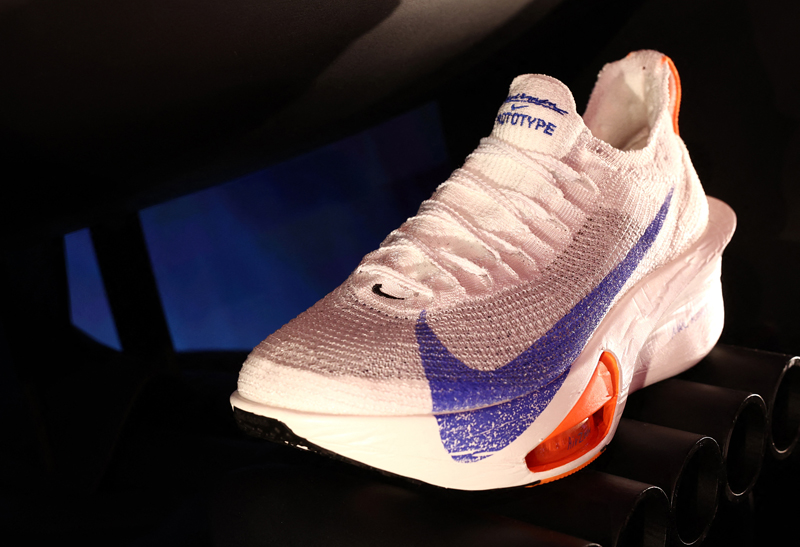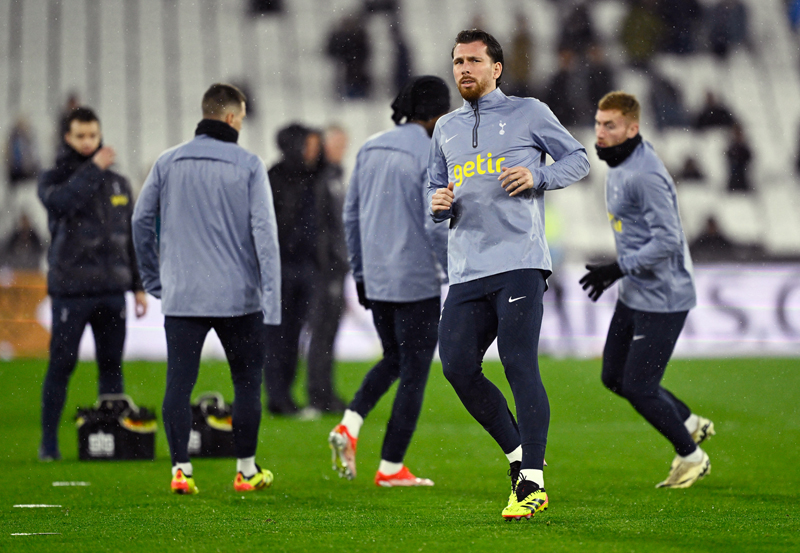Q-factor: keep it low for efficiency and comfort

New research suggests that the ‘Q factor’ is an important factor for bike set up, and that cyclists of all shapes and sizes should keep it low
There are a number of aspects of bike design that determine the geometry of the bike and its suitability for a particular rider and type of riding. These include the lengths of the seat tube, top tube and stem, head and seat tube angles, fork rake, crank length etc. Preferred rider positioning is also a factor (see this article for a more in-depth discussion of how rider positioning on the bike affects performance). One of the lesser known design aspects relevant to bike geometry however is the ‘Q-factor. The Q-factor describes the horizontal width between bicycle pedals and determines where the foot is laterally positioned throughout the pedal stroke. A large Q-factor means that the circles described by the feet as the cranks rotate are further away from the centreline of the bottom bracket whereas small Q-factors place the feet nearer this centreline (see figure 1).Figure 1: Understanding Q factor

Viewed from above, the Q factor represents the lateral distance of the pedal/crank interface from the centreline of the bike.
To date, there’s been relatively little research on the Q-factor and how it relates to performance, subjective comfort and injury risk in cyclists. In one previous study on Q-factor and cycling efficiency, researchers found that an excessively high Q-factor reduced efficiency – ie increased the energy expenditure required to maintain a sub-maximal pace [Scand J Med Sci Sports. 2014 Feb;24(1):117-21.] – see this article. A confusing factor however is the morphology of the cyclist, in particular the width of the pelvis. This has led researchers to speculate that riders with greater pelvis width might actually benefit from a higher Q factor, compared to those with narrower pelvis widths, who are more suited to lower Q factors. But is this true?
The research
To test this theory out, new research has measured the impact of pedal spacing changes during pedalling on the biomechanical, physiological, and subjective variables of cyclists with different pelvis widths [J Sports Sci. 2020 Nov 9;1-9. doi: 10.1080/02640414.2020.1845440]. Twenty-two cyclists were divided into two groups according to their pelvis width (narrow or wide). All the cyclists performed four submaximal pedalling tests with different pedal spindle lengths (+20 mm, +40 mm, and +60 mm compared to the pedal spindle lengths of standard road bikes). During each test, the cyclists were measured for levels of muscle electrical activity (EMG), 3-dimensional joint kinematics of the lower limbs, along with perceived comfort and exertion. In addition, gas exchange data were collected to measure gross mechanical efficiency and cycling economy – ie how efficiently the cyclists were able to utilize oxygen to sustain a given workload.The findings
The first finding was that regardless of the Q factor (standard width, +20mm, +40mm, +60mm extra width), there were no significant differences in muscular activity or joint kinematics were observed among the four experimental conditions. Despite this however, gross mechanical efficiency, cycling economy improved significantly using the narrowest pedal spacing (lowest Q factor) in all the cyclists regardless of pelvis width. Also, the lowest Q factor resulted in increased perceived comfort and levels of exertion in all the cyclists, with no differences noted between those with wider or narrower pelvis widths.Practical implications
Like the 2014 study mentioned above, this new study found that lower Q factor = improved cycling efficiency, which is an important factor for performance. But in addition, this study found that lower Q factors work for ALL cyclists, regardless of pelvis width. This in turn means that regardless of body morphology/pelvis width, cyclists should try where possible to ensure their bike set up includes a bottom bracket/crank/pedal system that provides a low Q factor.You need to be logged in to continue reading.
Please register for limited access or take a 30-day risk-free trial of Sports Performance Bulletin to experience the full benefits of a subscription. TAKE A RISK-FREE TRIAL
TAKE A RISK-FREE TRIAL
Newsletter Sign Up
Testimonials
Dr. Alexandra Fandetti-Robin, Back & Body Chiropractic
Elspeth Cowell MSCh DpodM SRCh HCPC reg
William Hunter, Nuffield Health
Newsletter Sign Up
Coaches Testimonials
Dr. Alexandra Fandetti-Robin, Back & Body Chiropractic
Elspeth Cowell MSCh DpodM SRCh HCPC reg
William Hunter, Nuffield Health
Keep up with latest sports science research and apply it to maximize performance
Today you have the chance to join a group of athletes, and sports coaches/trainers who all have something special in common...
They use the latest research to improve performance for themselves and their clients - both athletes and sports teams - with help from global specialists in the fields of sports science, sports medicine and sports psychology.
They do this by reading Sports Performance Bulletin, an easy-to-digest but serious-minded journal dedicated to high performance sports. SPB offers a wealth of information and insight into the latest research, in an easily-accessible and understood format, along with a wealth of practical recommendations.
*includes 3 coaching manuals
Get Inspired
All the latest techniques and approaches
Sports Performance Bulletin helps dedicated endurance athletes improve their performance. Sense-checking the latest sports science research, and sourcing evidence and case studies to support findings, Sports Performance Bulletin turns proven insights into easily digestible practical advice. Supporting athletes, coaches and professionals who wish to ensure their guidance and programmes are kept right up to date and based on credible science.









